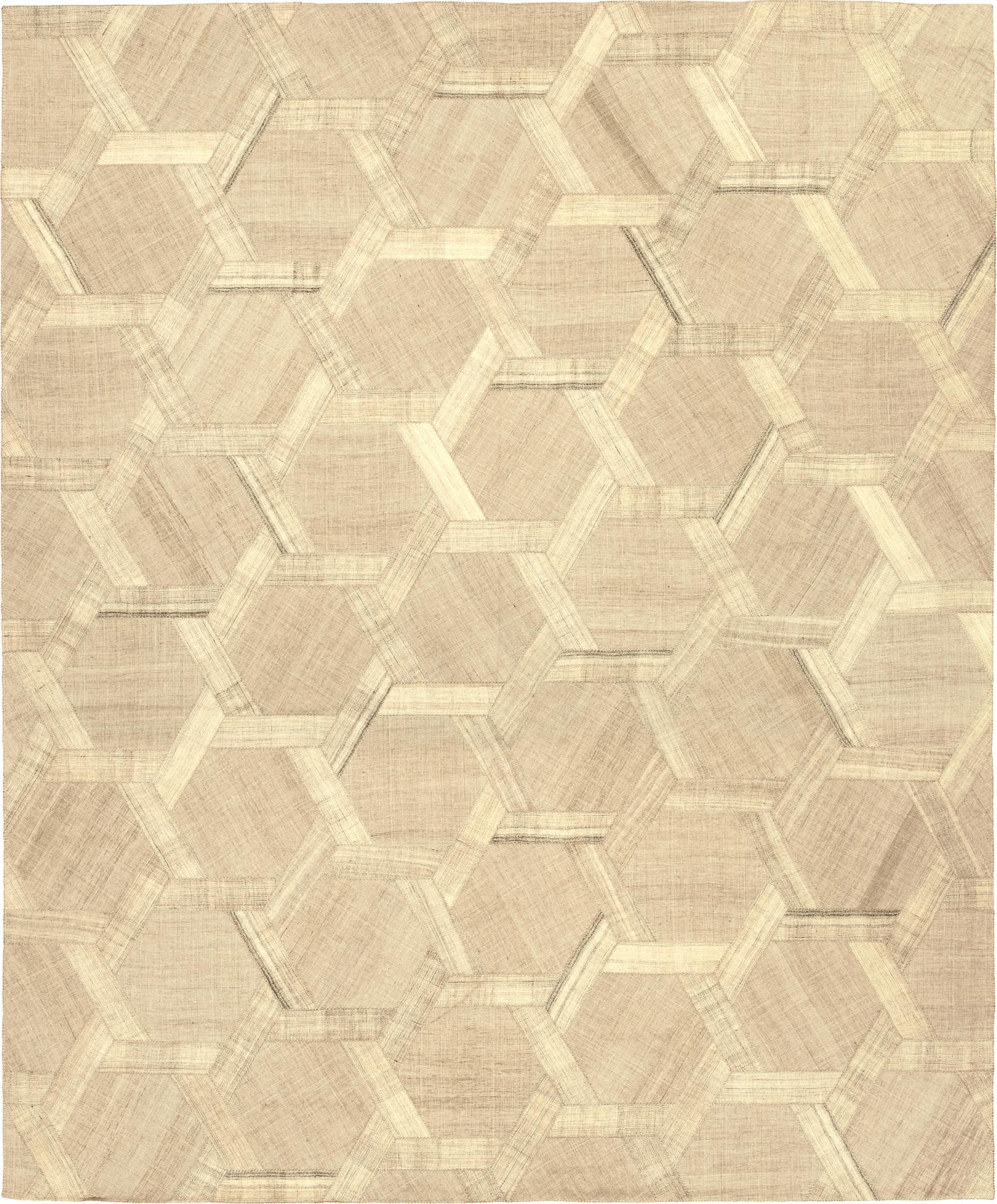Vintage Kilim Composition
Submitted by siteadmin on Thu, 2015-10-15 15:10

Tap anywhere to exit zoom.
Please proceed to Request Info page.
Light Beige Linear Field (Persian Panels) with Fans in Brown Shades (Turkish Panels)
Turkish Cotton and Linen Panels with basic Herringbone stitching in Natural Linen
Linen and Cotton Panels with Basic Herringbone Stitching in Natural Linen